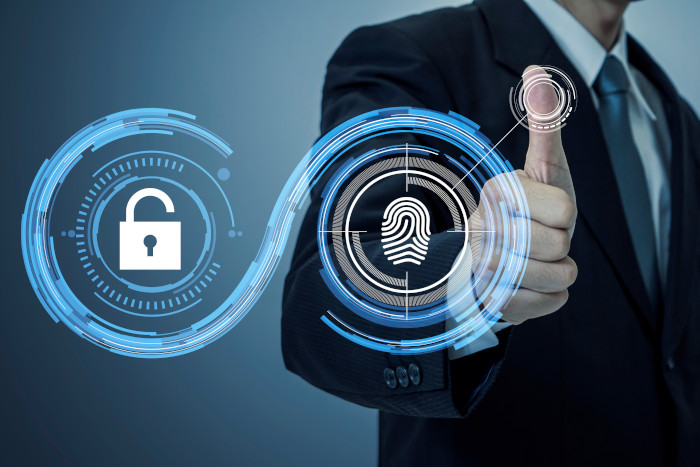What are Digital Certificates?


Digital certificates are electronic credentials that connect an entity with a public key. Think of them as digital ID cards, confirming the holder’s identity. Issued by a trusted Certificate Authority, they include the holder’s name, a copy of their public key, and the Authority’s digital signature, providing a reliable way to establish secure online communications.

Public Key Infrastructure, or PKI for short, is a common term relating to digital certificates. PKI is like the intricate blueprint for an elaborate castle, outlining how every stone (read: digital certificate) is chiseled, where it is placed, and when it’s replaced or removed.
We find other essential components within this grand scheme: private, public, and Certificate Authority (CA). The private key is your secret code, known only to you. The public key, however, is accessible to anyone wishing to communicate securely with you.
And the CA? They are the ones who craft the unique lock (the digital certificate) and hand over the keys (public and private keys). When a CA issues a digital certificate, it contains the holder’s public key and various information about the holder’s identity, all sealed with the CA’s unique signature—a stamp of trustworthiness.
What purpose do digital certificates serve? They’re like our digital guardians, ensuring our online security in three crucial ways: authentication, data integrity, and encryption.
Authentication means the digital certificate is a seal of identity, verifying the party you’re communicating with. The website, the email sender, or the online service you’re interacting with. Data integrity guarantees your data hasn’t been tampered with. Encryption ensures your data is wrapped in secret code during transit, making it unreadable.
When you browse a website securely, send an encrypted email, or make a protected transaction online, digital certificates are at work. The ‘https’ and the padlock symbol in your web browser’s address bar signify the digital certificate is doing its job.
Just as there are various types of ID documents for different purposes—passports for travel, driver’s licenses for driving, library cards for borrowing books—there are different types of digital certificates for different needs.

SSL/TLS Certificates, Code Signing Certificates, and Email Certificates are unique warriors in the digital certificate army. SSL/TLS protects website traffic, ensuring your shopping, banking, and browsing are safe. Code Signing Certificates vouch for the software you download, ensuring it’s genuine and hasn’t been tampered with. Email Certificates secure your sensitive information.
These certificates bring numerous benefits, from boosting customer trust and improving website rankings to enabling secure online transactions, all contributing to a safer and more trustworthy internet.
Digital certificates, like many things in life, have a life cycle. They’re born (issued), they mature (renewed), and they can be declared null and void (revoked).

The birth of a certificate involves a rigorous identity verification process by the CA before it’s issued. Renewal is like a digital health check, ensuring the certificate is still fit for purpose as its expiry date approaches. Revocation is like an emergency stop, triggered if a certificate is no longer trustworthy, perhaps due to a compromised private key or a certificate issued in error.
Throughout this cycle, the CA is a vigilant custodian, ensuring the credibility of the entire digital certificate ecosystem.
As powerful as digital certificates are, they are only partially invincible. Maintaining private key security is paramount—if your secret key falls into the wrong hands, someone else could impersonate you or decrypt your private communications.
Man-in-the-Middle (MITM) attacks pose a particular risk. These are crafty tricks where an attacker secretly intercepts and potentially alters the communication between two parties. However, you can hold your digital fort well-defended by safeguarding your private keys, using strong passwords, keeping your systems updated, and following best security practices.
How do you enlist a digital certificate into your security arsenal? The process is relatively straightforward. You apply to a CA, provide the necessary identification details, and once your identity is verified and the certificate is issued, you install it.
There are various CAs, some offering free certificates, others charging a fee. The choice between free and paid often depends on your specific needs—while free certificates provide basic security, paid ones usually come with added features, warranties, and superior customer support.
Digital certificates aren’t just bits of code—they are a vital part of the internet’s security apparatus. With their diverse roles and features, they ensure our digital interactions are safe, secure, and private. Providing authentication, preserving data integrity, and facilitating encryption underpin our trust in the online world.